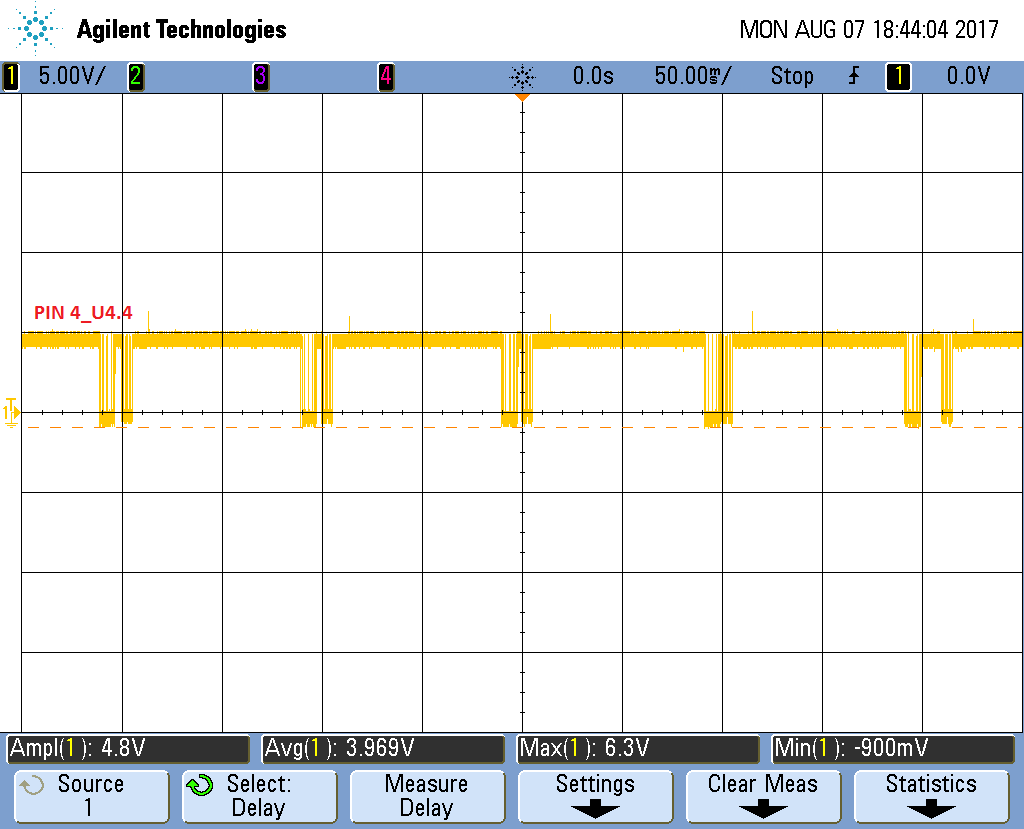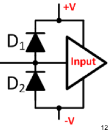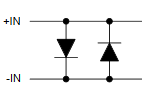Other Parts Discussed in Thread: LMC7101
What could possibly happen if my V+ and V- is not there (0 V), but some amount of signal is going through INV and NON-INV pins? Would this damage the IC? Will I be exceeding limit of input pins (V+) +0.3, (V-) - 0.3V?






